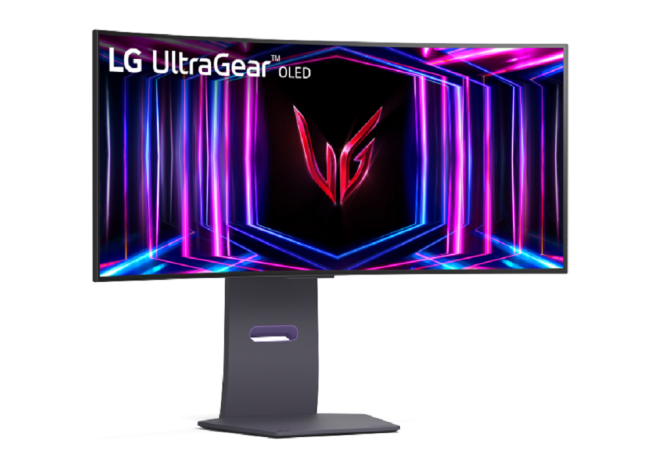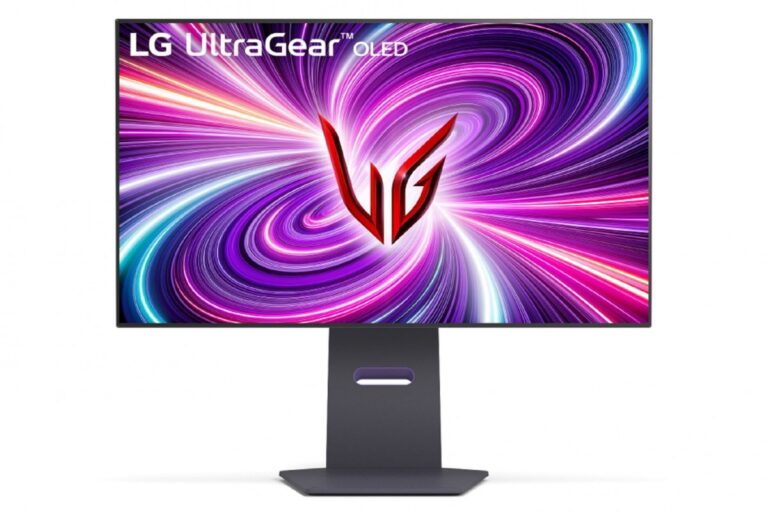Perhaps this will become the new benchmark for gaming monitors.
The latest gaming monitor from LG has been unveiled, and it is unlike anything we have ever seen. It is the first in the world to have two different refresh rates and resolutions, so players can switch between them based on the game they are playing. We never knew this could be done on a consumer display, but it is something we now want.
The 32-inch OLED monitor from LG was unveiled on the company’s website with the new “Dual-Hz” feature. Its impressive specs include the ability to run at either a 4K (3,840 by 2,160) at a 240Hz refresh rate or a 1080p (1,920 by 1,080) at 480Hz refresh rate. This should theoretically satisfy both gaming factions: those who prefer lower resolution but higher refresh rates for fast, fluid gaming, and those who prefer higher resolution for maximum detail, but that always comes with a lower refresh rate due to hardware constraints. The monitor can be switched between these settings using a customizable hotkey or the joystick knob.

This feature could allow you to run the monitor at 4K for a single-player game like Cyberpunk 2077 and then switch to a higher refresh rate if you wanted to play a fast-paced shooter like Apex Legends or something similar. LG claims that the monitors also offer vivid colors that OLED panels are known for, along with fast response times and a built-in forward-facing speaker system with two woofers. The audio technology supports DTS Virtual:X for simulated surround sound, and LG refers to this combination of speakers and technology as “Pixel Sound.” This 32-inch monitor is the only one in the company’s wave of new panels that has it, so it appears to be a high-end one.
Prices are not yet known, but we anticipate hearing more at CES in January. We are interested to see how it performs in real life because a 32-inch, 1080p monitor will not be exceptionally sharp due to the pixel pitch, but maybe at 480Hz, things are moving so quickly you will not even notice. Nevertheless, it is a very interesting solution to a problem that has existed since the early days of PC gaming: having to choose between a high refresh rate and a high resolution, as both can never be achieved on the same monitor. Though we have always preferred the higher framerate option for maximum smoothness, we would go for a 4K option if we could, provided it ran at least 60Hz as well.

